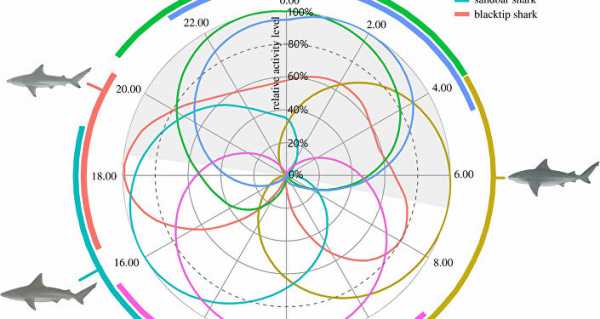
Previously, researchers used to think that all sharks hunted at the same time, at dusk and dawn, but it turns out that different shark species that share the same habitat have varied foraging schedules, so those who want to swim in warm waters should take into account that sharks are there 24/7.
Different sharks species in the Gulf of Mexico have a set schedule for hunting, and this could make it easier for them to share resources and avoid each other, new research by Murdoch University in Perth, Australia revealed.
The peak activity of scalloped and great hammerhead sharks “substantially overlaps,” with both species being most active at night.
To track the movements of the various species, the researchers fitted 172 sharks with acceleration data recorders, a similar technology that is used in many fitness-tracking smart gadgets. Thus, Lear and the other researchers were able to collect 3,766 hours of data in all.
1 / 4
©
Photo : The Royal Society PublishingFigure 1. Study site and capture locations. Map of capture locations of large coastal sharks caught during winter months (November–April; water temperature approx. 16–26°C) in the current study. Capture locations for all individuals caught (tagged and untagged) are shown as an indication of their spatial distribution within the study area.
Although it is unclear to the researchers why various shark species hunt at different times, they believe it allows them to coexist peacefully, share resources, and avoid colliding.
In an interview with New Scientist, UK Bournemouth University’s Georgia Jones suggested that such a time diversification could take place because “the bigger species – the tiger sharks – have their time and no one interferes with it, so they hunt whenever is best for them.”
Sharks, as predators, play an important role in maintaining healthy ecosystems by exerting top-down control and altering the behavior of other species. This necessitates an understanding of their behavior and resource partitioning.
Sourse: sputniknews.com










